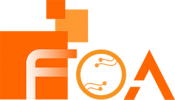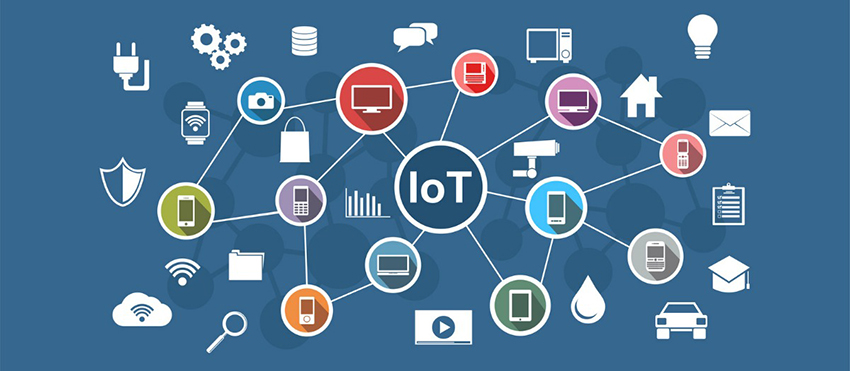IoT & its prospect in Bangladesh
IoT in Bangladesh
The IoT market in Bangladesh is also growing at a similar rate as the rest of the world. In 2018, the Bangladesh Telecommunication Regulatory Commission (BTRC) released an order to make IoT legal in Bangladesh. It has mentioned nine sectors where IoT technology can be used in the country: smart building, industry automation, smart grids, water management, waste management, smart agriculture, telecare, intelligent transport system, environment management, smart urban lighting, and smart parking. Sectors that contribute the most to the economy of our country are increasingly adopting such technology. For example, the country’s agricultural sector, which employs the majority of the country’s population, has begun to adopt IoT technology. Local startups have begun to deliver IoT-based advanced farming solutions, including systems that track cattle sleep, heat cycle, and behavior in real-time and provide farmers with timely recommendations. Millennials are becoming increasingly reliant on smart home assistants, such as Amazon’s Alexa, to provide more comfort in their everyday lives, demonstrating the rising market demand in this region. IoT also has an enormous untapped potential in many sectors of Bangladesh, such as transportation safety, environmental monitoring, healthcare management, utility management, smart grid, and social security management.
Challenges
Certain obstacles need to be addressed first to accommodate a faster growth of the market despite having massive market potential in this technology.
First, the country needs to assure a strong internet connection is properly distributed as it is the most fundamental fragment of the IoT technology. Although Bangladesh has successfully tested the launch of 5G mobile internet, there is still a lack of 3G penetration throughout the country.
Second, there is a lack of technologically skilled personnel as a result of a weak industry-academia partnership in the local relevant industries which causes a substantial deficit in research and development (R&D) resources.
Third, the majority of market leaders are either concerned or uninterested in taking advantage of the benefits that IoT technologies can provide. One of the reasons for such concerns is that incorporating such technology could create bottlenecks in their businesses’ daily processes.
Lastly, the most crucial challenge is the volatility in electricity supply all across the country in both households and industries. IoT technology requires a seamless power supply to operate at full potential.

